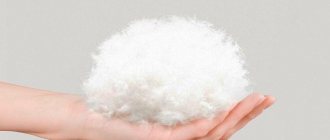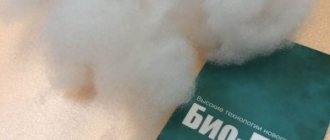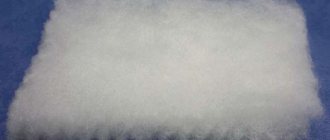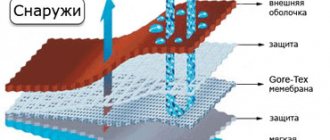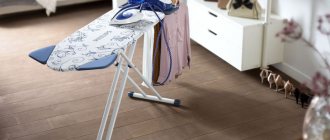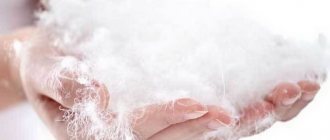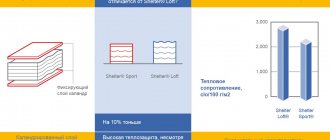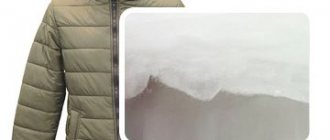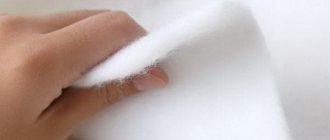Until recently, natural goose down was considered one of the best insulation materials for outerwear. It is light, soft and voluminous, perfectly warms even at critically low temperatures. But, despite all the advantages, this insulation also has a number of disadvantages. Firstly, washing products with such filling inside turns into torture, since the fluff creeps out through the seams and fabric. Secondly, such material is absolutely not suitable for people suffering from allergies. Taking these shortcomings into account, in the 70s of the last century, a group of international companies 3M THINSULATE and DuPont developed a new high-tech bio-down insulation. Reviews about it, its properties and care features are presented in our article. We will definitely dwell on the temperature conditions for which down jackets based on it are designed.
Bio-down insulation - what is it?
The creation of this material is based on a patented biopolymer from DuPont - Sorona, which is characterized by such properties as heat conservation, lightness, breathability and ease of care. Thanks to this, all products made using this filler provide maximum comfort and warmth during operation.
Many people do not quite understand how bio-down insulation is produced. What kind of material is this? Bio-fluff is produced from plant materials. Thanks to this, it is environmentally friendly and hypoallergenic. Bio-down fibers have a three-dimensional spherical shape, and the filler itself has a silky structure and is wrinkle-resistant. The insulation fully complies with sanitary and environmental standards. It is hypoallergenic, lightweight and elastic, which means it takes care of your health and comfort.
Filler composition
The basis of bio-down is Sustans - a filler certified by a first class license. It is a polyester fiber. When they are twisted together, a small layer of silicone is added to the composition for greater thermal insulation.
Expert opinion
Alyona
Fabric expert and technologist Alena Khlebnikova is ready to answer your questions.
Write me
Sometimes polyolefin, polyethylene styrene and meta-aramid fibers are added. The exact composition of the material depends on what characteristics it should have.
Features of the material
The material has the following characteristics:
- Softness and fluffiness. Bio-down insulation, according to reviews, is a fairly voluminous material. The three-dimensional spherical shape of the filler provides natural fluffiness, good compression resistance and a silky texture.
- Excellent thermal insulation properties. The presented insulation retains heat perfectly and is ideal for outerwear.
- Easy to care for. The insulation does not migrate through the fabric and easily tolerates any washing. In this case, the material does not deform or collapse. To improve thermal insulation characteristics, it can be mixed with natural down in any volume.
While using products based on bio-down, you will forget about what allergies are. This material is a biopolymer, synthetic and hypoallergenic material, which for many people is one of its main advantages.
Where is Bio-fluff used?
Just like Eco-suede, this material has already fallen in love with many consumers, because now it can be found everywhere. Ask the stores in your city for these products with Bio-down:
- Winter outerwear: ski and snowboard suits, tourist clothing, sets for extreme cold and simple urban clothing.
- Winter shoes, accessories (gloves, mittens, hats) and equipment (sleeping bags, etc.)
- Bedding: pillows, blankets. Especially the pillows, because... Bio-fluff immediately expands after compression, which means that even over time, the pillows do not sag or cake, and the head is always supported. A tangible bonus is that the sharp tips of feathers do not stick into the delicate skin of the face and neck.
- Children's toys (stuffing).
- Cosmetics industry : powder puffs, makeup remover balls, etc.
Temperature
The main question that buyers of winter outerwear ask is related to what temperature the biodown insulation is designed for. Can it be worn at -40°C or only at -10°C?
Manufacturers note that in this matter everything is individual, as in the choice of clothing. How comfortable it will be in a particular down jacket depends on the person’s heat transfer, the material of the jacket top and lining, as well as the volume of the filler itself. Dense fabric with water-repellent impregnation retains heat much better than any other, even with a small thickness of insulation.
In general, outerwear with biodown insulation is conventionally divided into three groups by manufacturers:
- Products with light bio-down padding (thin in thickness) are designed for temperatures down to -10 °C.
- Outerwear with medium-thick padding inside is marked on the label as MEDIUM PADDING (two snowflakes are shown). Such products are designed for temperatures not lower than -15 °C.
- Volumetric products with full bio-down padding make it easy to withstand low temperatures down to -35 ° C.
Bio-down protects heat and animals.
Bio-fluff appeared in the 70s, thanks to one unfortunate technological mistake that was made during the production of biopolymers. However, the owners were not at a loss and very far-sightedly adopted the new development, immediately patenting it (“DuPont” and “Sorona”). The future Bio-fluff was improved and began to be used by two world-famous companies: DuPont and Thinsulate.
By the way, the latter is in the production of a very thin but warm material “Thinsulate” , which has long won the hearts of everyone who lives in northern latitudes (including mine!). I mean, this is a kind of guarantee of a quality mark from a company that knows in practice what a really warm synthetic material is)
.
Bio-fluff immediately carried out successful tests, going to the North Pole in the clothes of polar explorers. To this day, this eco-insulation material is widely used in the production of winter clothing and equipment (for example, sleeping bags).
